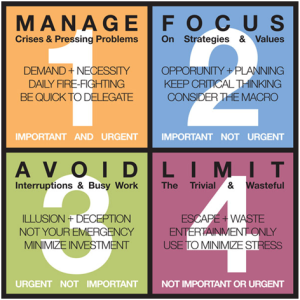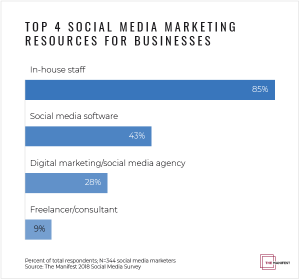
SEO is one of the biggest gray areas in marketing today. On the one hand, we know that we need to take steps to get found in search. On the other hand, we know that we shouldn’t be trying to “game” Google’s algorithm—we may end up chasing the wrong direction and potentially risk being penalized by the Search Giant.
The more we talk about SEO, the less we seem to understand it—which is why it’s helpful to take a step back and revisit the SEO basics. The bottom line is simple: we want target audiences to find us in search. The field of SEO tells us what technical and logistical steps to take so that we can make this discovery process easier.
Because SEO is such a gray area, it can be difficult to tell whether anything is wrong. If you notice the following signs, however, you may need to conduct an SEO check.
Signal 1: You Notice A Sudden Drop In Traffic
A sudden drop in traffic could be a sign that Google is having trouble indexing or has penalized your site. To diagnose this issue, you’ll want to do two things: create a landing page report that tells you your search impressions and look at the overall volume of website traffic that you’re generating. If you notice a sharp decline in traffic but no change to your search visibility, the issue that you’re experiencing probably isn’t related to SEO.
If you notice a drop in landing page impressions, however, you will want to dig deeper by aligning drops in traffic with the dates of your last Google crawl. From there, you’ll want to pinpoint any recent chances that you’ve made to your website—and whether any could have impacted your SEO.
Signal 2: You Aren’t Ranking For Long-Tail Or Branded Keywords
If you’re not showing up for unique terms, you might have some technical problems lurking within your website. You’ll want to conduct a technical SEO audit ASAP by hiring a consultant or working with a member of your technical team. If you’re taking the DIY route, you’ll want to review this checklist from Moz. If you can’t find a clear cause, your website may be dealing with a Google penalty.
Signal 3: You Notice Low Engagement On Your Site
You may see a drop-off from mobile users if your website isn’t mobile optimized. You might also notice long load times and other points of friction that are harmful to user experience.
What you may not know is that these engagement signals are ranking factors that impact your performance in search. Even if you have strong search visibility, your performance could still be better—by improving your engagement metrics, you’ll signify that your website is a valuable resource. It makes sense to create a high-performing audience experience.
The Bottom Line
SEO problems can be challenging to detect unless you’re actively seeking them out. You can streamline your audits by creating a structured checklist or process that you complete from time to time—once a month or once a quarter. Give your data a look, and if you’re making a change to your content program or website, make sure to do an SEO check first.
(189)
Report Post






